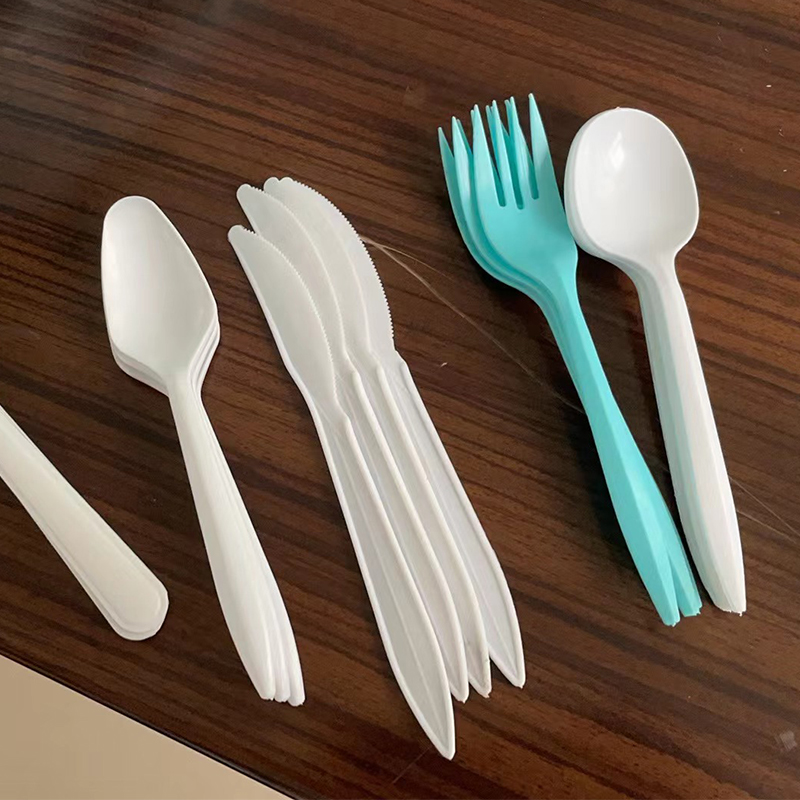The Plastic Thin Space Cup Mould represents an innovation in the manufacturing o...
-

+86-15068654601
-

No.62 Zhao Feng Road, Huangyan, Taizhou, Zhejiang, China

+86-15068654601

No.62 Zhao Feng Road, Huangyan, Taizhou, Zhejiang, China
1. Production Efficiency

One of the primary reasons manufacturers use multi-cavity cutlery moulds manufacturer is their ability to increase production efficiency, which directly affects output and profitability.
The efficiency provided by multi-cavity moulds makes them practical for mass production, ensuring that production goals can be met with fewer machine cycles and lower energy consumption per item.
2. Product Quality Consistency
Another key reason for using multi-cavity cutlery moulds is the consistent quality they offer across multiple items, which is important for maintaining standards in bulk production.
Uniform dimensions: Each cavity in a multi-cavity mould is precisely engineered, ensuring that every cutlery item produced has the same dimensions and shape. This uniformity is crucial for product assembly in packaging, as mismatched items can disrupt automated sorting or customer complaints. For example, in disposable cutlery packs, uniform spoon or fork size ensures that all pieces fit into standard packaging without excess trimming.
Consistent material distribution: Multi-cavity moulds are designed to evenly distribute molten plastic or metal to each cavity, reducing the risk of thin spots, warping, or incomplete fills. A manufacturer producing knives using a six-cavity mould can achieve consistent strength and rigidity across all units, reducing defects and waste.
Minimized variation: Because all cavities are filled simultaneously and under identical conditions, the variations caused by temperature changes, material settling, or machine movement are minimized. This reliability ensures that end products meet quality control standards with less manual inspection.
By ensuring dimensional uniformity and material consistency, multi-cavity moulds help manufacturers maintain high-quality production while rework and rejects.
3. Operational and Maintenance Benefits
Using multi-cavity cutlery moulds also provides advantages in operational management and maintenance, contributing to reduced costs and easier workflow.
Operational benefits such as reduced tool changes, optimized material use, and simplified maintenance make multi-cavity moulds practical for long-term production planning.